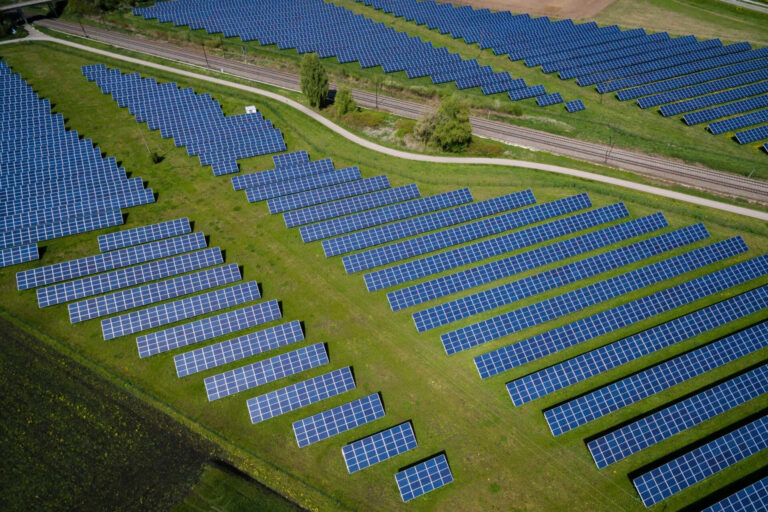Solar power, an increasingly popular and sustainable energy source, has a rich history that spans thousands of years. From the earliest uses of solar energy in ancient civilizations to the modern solar panels that adorn rooftops and power grids, the harnessing of sunlight has undergone significant advancements. This article delves into the fascinating history of solar power, exploring its origins, milestones, and its role in shaping the future of renewable energy.
Ancient Solar Utilization:
The utilization of solar energy can be traced back to ancient civilizations that recognized the power of the sun. In ancient Egypt, the architecture of structures such as the Great Sphinx and the Temples of Abu Simbel demonstrated an understanding of solar alignment and its significance in religious and practical contexts. Similarly, ancient Greeks and Romans constructed buildings and cities with solar orientation in mind to optimize natural light and heat.
Solar Thermal Applications:
The development of solar thermal technologies marked a significant milestone in the history of solar power. In the 7th century BCE, the Greeks used concave mirrors, known as burning mirrors, to concentrate sunlight and create fire. The concept of solar ovens, which convert sunlight into heat for cooking, emerged in various forms across different cultures, including the use of reflective surfaces and black-painted vessels.
In the 18th century, Swiss scientist Horace-Bénédict de Saussure built the first solar collector, known as the “hot box.” Consisting of an insulated box with glass tops, it effectively trapped solar radiation and reached temperatures exceeding 100 degrees Celsius. This innovation laid the foundation for subsequent developments in solar thermal technologies.
Photovoltaic Discoveries:
The discovery of the photovoltaic effect, the conversion of sunlight into electricity, revolutionized the field of solar power. In 1839, French physicist Alexandre Edmond Becquerel first observed the photovoltaic effect in a conductive solution exposed to sunlight. However, it was not until 1873 when English electrical engineer Willoughby Smith discovered the photoconductivity of selenium, opening the doors to practical applications.
The breakthrough moment came in 1954 when American scientists Daryl Chapin, Calvin Fuller, and Gerald Pearson developed the first practical silicon solar cell at Bell Laboratories. Their creation had an efficiency of around 6%, and this milestone paved the way for further advancements in photovoltaic technology.
Space Exploration and Solar Power:
The space race of the mid-20th century sparked a new era of solar power development. The need for reliable, lightweight, and efficient power sources led to the integration of solar panels into spacecraft. In 1958, the Vanguard 1 satellite became the first human-made object to be powered by solar cells. As space exploration continued, advancements in solar technology accelerated, resulting in solar cells with higher efficiency and improved durability.
Solar Power for Earth:
In the 1970s, the energy crisis and growing environmental concerns propelled the expansion of solar power on Earth. Governments and research institutions invested in the development of photovoltaic technology for terrestrial applications. Bell Laboratories introduced the first amorphous silicon solar cell in 1974, which had the potential to be produced at lower costs and integrated into a variety of surfaces.
Throughout the 1980s and 1990s, advancements in manufacturing techniques, materials, and efficiency led to increased commercial production and installation of solar panels. Governments worldwide started incentivizing the adoption of solar energy through subsidies and feed-in tariffs. Photovoltaic systems found applications in remote areas, powering telecommunications equipment and providing electricity to off-grid communities.
Grid Integration and Solar Revolution:
The 21st century witnessed a solar revolution with a rapid increase in grid-connected solar power systems. Governments, businesses, and homeowners embraced solar energy as a viable and sustainable alternative to conventional power sources. Improvements in efficiency, lower production costs, and innovative installation techniques, such as solar shingles and solar tiles, made solar power more accessible and visually appealing.
Net metering policies allowed solar system owners to feed excess electricity back into the grid, providing financial incentives and encouraging wider adoption. Large-scale solar power plants and solar farms became common sights, generating clean energy for communities and reducing reliance on fossil fuels.
Emerging Technologies and Future Prospects:
The history of solar power is an ongoing narrative of innovation and progress. Emerging technologies are poised to further enhance the efficiency, affordability, and versatility of solar energy. Perovskite solar cells show great promise with their high efficiency potential and low production costs. Organic solar cells, quantum dot solar cells, and multi-junction solar cells are also areas of active research.
The integration of solar power with energy storage systems, such as advanced batteries, allows for reliable electricity supply even during periods of low sunlight. Additionally, advancements in solar panel design and materials, including flexible and transparent panels, pave the way for seamless integration into various architectural structures.
Conclusion:
The history of solar power is a testament to humanity’s ingenuity and our drive towards sustainable energy solutions. From ancient civilizations harnessing sunlight for practical purposes to the modern-day solar panels that power our homes and industries, solar energy has come a long way. With ongoing advancements in technology and growing global awareness of environmental challenges, the future of solar power is bright. It holds the potential to play a crucial role in reducing carbon emissions, mitigating climate change, and providing clean and accessible energy for generations to come.


